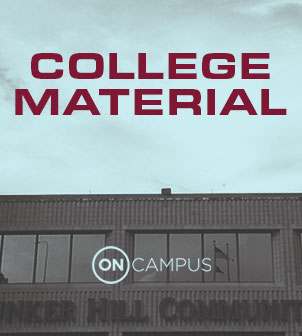
Former Boston University President John Silber, right, talks to former Boston Mayor Kevin White at a party in 1977. Credit: City of Boston Archives.
The cost of college is a divisive issue in Congress. A political logjam forced interest rates on federal student loans to double on July 1 and new attempts for compromise failed yesterday.
But there are innovations in addressing student debt. The Oregon legislature gave preliminary approval to a bill that would allow students to attend state colleges without paying tuition or loans. Instead, they’d repay the state with a percentage of their future earnings.
This idea had roots in Boston.
As America’s highest paid college president in 1978, John Silber led Boston University through turbulent times. But he was ahead of his time in proposing an attend-now-pay-later model for BU students.
“I mean, he was talking about this in the 1970s, and back then college tuitions were, of course, much lower than they are now,” said Mara Dolan, a higher-ed strategist with the consulting firm Maguire Associates in Concord.
Considering the skyrocketing cost of college today, Dolan says Silber was a visionary, even if his idea was shot down by lawmakers.
“Probably for the same reason it wouldn’t fly today: It’s still the federal government coming up with an enormous amount of money,” she said.
Like today’s Oregon plan, Silber wanted to create a revolving fund, like Social Security, so that BU sophomores, juniors and seniors could repay their loans by withholding 2 percent of their future earnings.
That’s a gamble: You could pay less or considerably more, but at least you’re going to college without paying out of pocket.
So with Oregon now leading the way, is this idea something that can gain steam in other states, including Massachusetts? Richard Kazis is with the non-profit Jobs for the Future. He’s not sure such a plan could work at the state level.
“But that’s something that the federal government has a provision for its financial aid rules and regulations called income-based repayment, which, for certain students, you’re paying back your loans overtime based on what you’re making after college,” Kazis said.
Still, higher-ed observers say the landscape has changed, and the state’s political climate would be receptive to the attend-now-pay-later model.
Australia has adopted this approach and lawmakers in several other states, including Vermont and Wisconsin, are seriously considering it.
Listen to this story:










